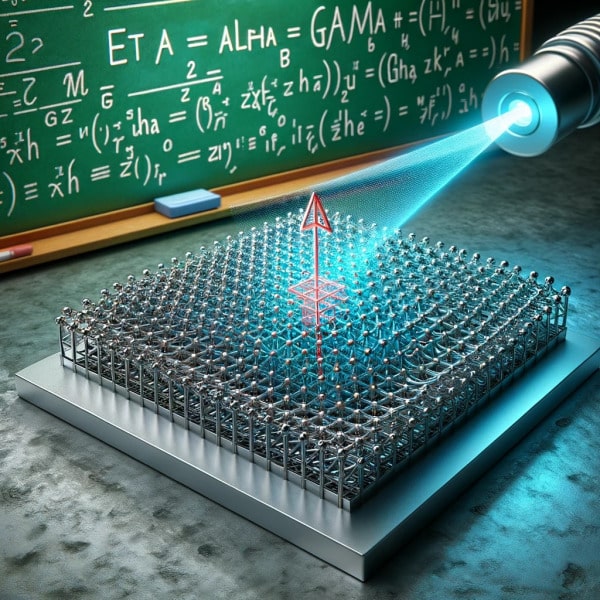A recent study at Hebrew University revealed a new link between light and magnetism. This discovery has the potential to pave the way for ultra-fast light-controlled memory technology and innovative sensors capable of detecting the magnetic aspect of light. The breakthrough is anticipated to revolutionize data storage and device construction across multiple industries.
Professor Amir Capua from the Spintronics Lab at the Hebrew University of Jerusalem announced this significant advancement, showcasing a mechanism where an optical laser beam influences the magnetic state in solids, offering practical applications in diverse sectors.
The recent breakthrough represents a fundamental change in our comprehension of the interplay between light and magnetic substances. It opens avenues for high-speed, light-controlled memory technologies, particularly in Magneto Resistive Random Access Memory (MRAM), and the creation of advanced optical sensors. This discovery signifies a significant advancement in our grasp of the dynamics between light and magnetism.
Through this investigation, scientists shed light on the magnetic component of a rapidly oscillating light wave possesses the capability to control magnets, redefining the principle of physical relations. Fascinatingly, the researchers identified a fundamental mathematical relation that characterizes the strength of the interaction. This relation connects the amplitude of the magnetic field of light, its frequency, and the energy absorption of the magnetic material.
Professor Capua said, “We arrived at this understanding using principles that are well established within the quantum computing and quantum optics communities but less so in the spintronics and magnetism communities.”

A magnetic material and radiation interaction is well established under perfect equilibrium conditions. However, understanding this interaction in a non-equilibrium regime, where both radiation and magnetic material are not in balance, has been limited.
This non-equilibrium state is crucial for quantum optics and quantum computing technologies. Through our exploration of this non-equilibrium regime in magnetic materials, utilizing principles from quantum physics, we’ve revealed a fundamental understanding that magnets can respond to the short time scales of light efficiently. The findings can elucidate various experimental results reported in the last 2-3 decades.
Professor Capua said, “This discovery has far-reaching implications, particularly in data recording using light and nano-magnets. It hints at the potential realization of ultra-fast and energy-efficient optically controlled MRAM and a seismic shift in information storage and processing across diverse sectors.”
In addition to this discovery, the team has developed a specialized sensor that can detect the magnetic component of light. Unlike conventional sensors, this advanced design provides versatility and integration across a range of applications, potentially revolutionizing sensor and circuit designs that leverage light in diverse ways.
Journal Reference:
- Benjamin Assouline and Amir Capua. Helicity-dependent optical control of the magnetization state emerging from the Landau-Lifshitz-Gilbert equation. Physical Review Research. DOI: 10.1103/PhysRevResearch.6.013012
